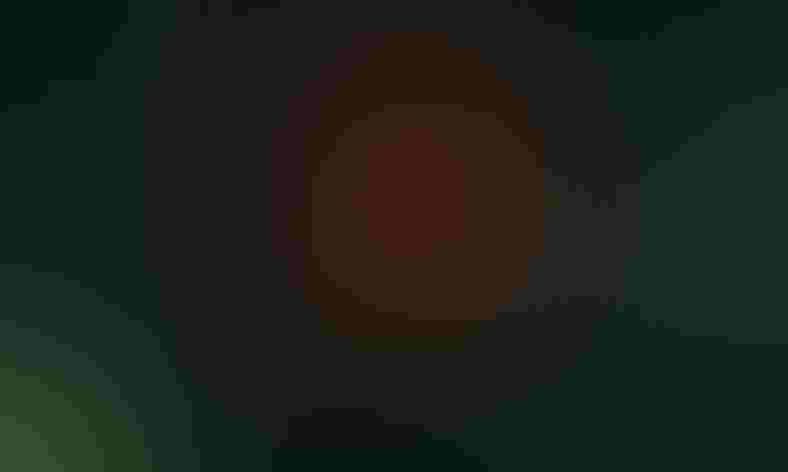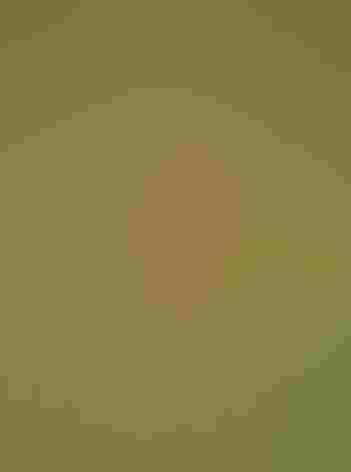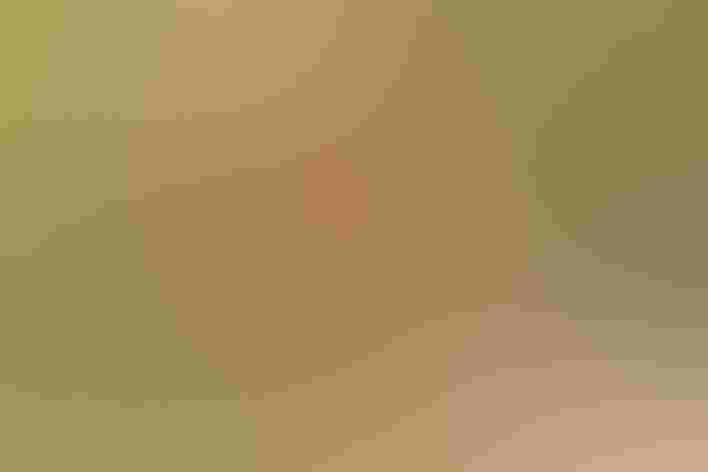Northern Cardinal
At a Glance
One of our most popular birds, the Cardinal is the official state bird of no fewer than seven eastern states. Abundant in the Southeast, it has been extending its range northward for decades, and it now brightens winter days with its color and its whistled song as far north as southeastern Canada. Feeders stocked with sunflower seeds may have aided its northward spread. West of the Great Plains, the Cardinal is mostly absent, but it is locally common in the desert Southwest.
All bird guide text and rangemaps adapted from Lives of North American Birds by Kenn Kaufman© 1996, used by permission of Houghton Mifflin Harcourt Publishing Company. All rights reserved.
Category
Cardinals, Perching Birds
Conservation
Low Concern
Habitat
Arroyos and Canyons, Desert and Arid Habitats, Fields, Meadows, and Grasslands, Forests and Woodlands, Freshwater Wetlands, Shrublands, Savannas, and Thickets, Urban and Suburban Habitats
Region
Eastern Canada, Florida, Great Lakes, Mid Atlantic, New England, Plains, Rocky Mountains, Southeast, Southwest, Texas, Western Canada
Behavior
Flitter, Formation, Undulating
Population
130.000.000
Range & Identification
Migration & Range Maps
Permanent resident throughout its range.
Description
8-9" (20-23 cm). Male is unmistakable, our only red bird with a crest. (Compare to tanagers.) Female is duller, but shares crest, massive pink bill, rather long tail. In southwest, compare to Pyrrhuloxia. Juvenile has black bill at first.
Size
About the size of a Crow, About the size of a Robin
Color
Black, Brown, Gray, Green, Red, Tan
Wing Shape
Rounded
Tail Shape
Notched, Rounded, Square-tipped
Songs and Calls
Rich what-cheer, cheer, cheer; purty-purty-purty-purty or sweet-sweet-sweet-sweet. Also a metallic chip.
Call Pattern
Falling
Call Type
Chirp/Chip, Whistle
Habitat
Woodland edges, thickets, suburban gardens, towns, desert washes. Found in a wide variety of brushy or semi-open habitats in the East, from forest clearings and swamps to city parks, almost wherever there are some dense bushes for nesting. In the Southwest, more local; occurs in tall brush, streamside thickets, groves of mesquites in desert.
Sign up for Audubon's newsletter to learn more about birds like the Northern Cardinal
Behavior
Eggs
3-4, sometimes 2-5. Whitish to pale bluish or greenish white, marked with brown, purple, and gray. Incubation is almost always by female alone, 12-13 days.
Young
Both parents feed nestlings. Young leave nest about 9-11 days after hatching. Male may feed fledglings while female begins next nesting attempt. 2-3 broods per year, rarely 4.
Feeding Behavior
Forages mostly while hopping on ground or in low bushes, sometimes higher in trees. Readily comes to bird feeders, where it favors sunflower seeds.
Diet
Mostly seeds, insects, berries. Diet is quite varied. Feeds on many insects, including beetles, true bugs, grasshoppers, caterpillars, ants, flies, and many others, also spiders, centipedes, and snails. Most of diet is vegetable matter, including seeds of weeds and grasses, waste grain, leaf buds, flowers, and many berries and wild fruits. Young are fed mostly insects.
Nesting
Male sings to defend nesting territory, actively attacking intruding males (and attacking his own reflection in windows and mirrors). In courtship, male and female raise heads high, sway back and forth while singing softly; male often feeds female early in breeding season. Female sings mainly in spring before start of nesting. Nest: Usually well hidden in dense shrubs, vines, or low trees, placed 3-10' above ground, sometimes higher. Nest (built by female) is open cup made of twigs, weeds, grass, bark strips, leaves, rootlets, lined with fine grass or hair.
Climate Vulnerability
Conservation Status
Widespread and abundant, having expanded its range over the last century or more. Current numbers probably stable.
Climate Threats Facing the Northern Cardinal
Choose a temperature scenario below to see which threats will affect this species as warming increases. The same climate change-driven threats that put birds at risk will affect other wildlife and people, too.

















